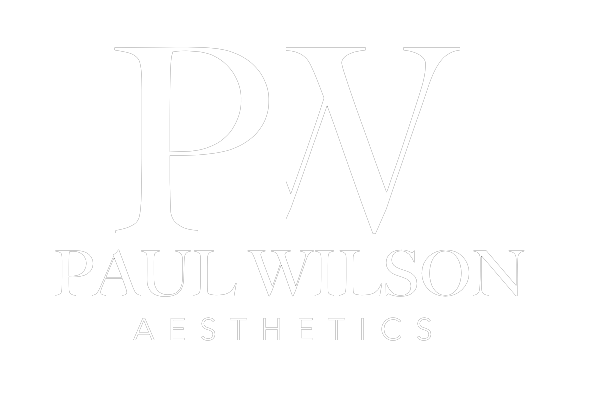What is Rhinoplasty, and is it Right for Me?

Rhinoplasty is a form of surgery which is undergone to change the shape of the nose. If you have wondered exactly how the procedure works, and if it is suitable for you, then read on - in this blog, we are going to cover all the 'need to knows' on rhinoplasty.
What is rhinoplasty?
Rhinoplasty is a form of nose surgery which can involve making changes to various parts of the nose - including the bone, skin and cartilage. The procedure can be performed for medical reasons or aesthetic preferences.
Is rhinoplasty right for me?
In some cases - such as for the purposes of correcting a birth defect, addressing breathing difficulties, or repairing deformities which are the result of an injury - rhinoplasty is a necessity.
People also choose to have rhinoplasty - or a 'nose job', as it is often referred to - in order to enhance the proportions of the nose for greater facial harmony. Having a rhinoplasty with this motive should be viewed as a completely individual decision. You should not choose the procedure in order to live up to an image, or to satisfy somebody else's wishes.
Discuss the procedure with your surgeon and talk about whether the procedure is suitable for you, as well as the realistic expectations of what it can achieve. If it is decided that you are a good candidate for surgery, the surgeon can develop a tailored plan for you.
You may be a good rhinoplasty candidate if; you are in good physical shape, your facial growth is complete, you have realistic goals and a positive outlook, and you are a non-smoker.

What does the procedure involve?
Before you have a rhinoplasty, you will have a number of assessments to confirm your suitability. These include; a review of your medical history including any previous surgeries, medications which you take and any nasal obstruction which you have previously experienced; a physical exam which can include blood tests and an assessment of your facial features; and having photographs taken to show your nose from different angles, allowing a visual of expected results to be produced.
After anaesthetic has been administered - usually a general anaesthetic or local anaesthetic with sedation - the procedure will begin - the surgeon may make a small incision at the base of the nose, or operate inside the nose.
A rhinoplasty can be done in several different ways, and the method chosen for changing the shape of the cartilage and bones will depend on what needs to be achieved. Small changes typically use cartilage taken from inside the nose or the ear, while larger changes can involve cartilage taken from the rib or bone from other parts of the body. After the changes have been made, the skin and tissue of the nose are put back in place and the incisions are stitched.
How long does it take to recover from rhinoplasty surgery?
Some people return home on the same day as a rhinoplasty, while others stay overnight. You will be given instructions on how to manage the recovery period, including avoiding strenuous exercises and actions which could hurt your face. While swelling can subside in a few weeks following the procedure, it can take up to a year for the new nasal contours to become refined.
Revision rhinoplasty is a procedure we also perform in our clinic.
Dr Paul Wilson is an NHS lead surgeon who performs rhinpolasty in Bristol as well as a range of cosmetic procedures at his private practice. For more information on treatment from a rhinoplasty surgeon Bristol wide, please call 0117 906 4871.
